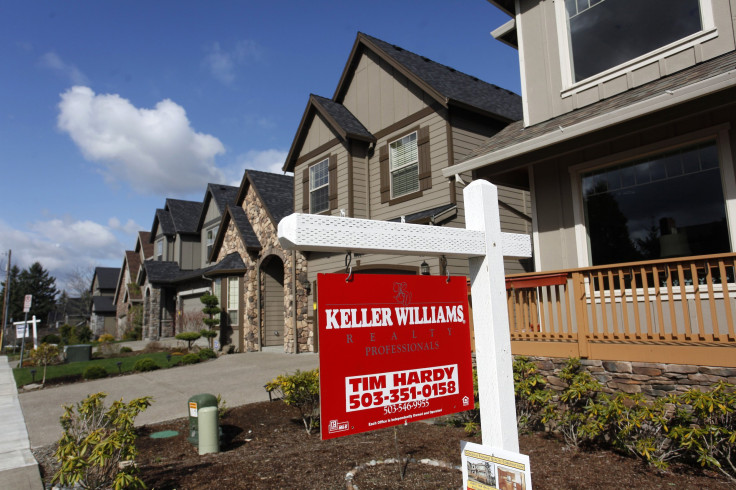Banks Head Into A Perfect Storm — A Repeat Of The 2008-9 Crisis?
After enjoying a couple of years of tailwinds, U.S. banks are heading into a perfect storm, fueled by a collapse in mortgage originations and an inverted yield as interest rates rise. And it will squeeze both bank revenues and earnings.
A Collapse in Mortgage Originations
Mortgage originations are a big business for traditional banks. They allow them to collect origination fees, discount points, closing costs and loan service fees, which boost their top and bottom lines.
But mortgage originations are susceptible to interest rate fluctuations. They rise as interest rates fall and drop as interest rates rise. For instance, in 2020, when the 30-year mortgage rate declined to a record low of 2.80%, mortgage originations soared from $601 billion to $1.36 trillion. But mortgage originations have recently collapsed to $677 billion, as mortgage rates climbed to 6.43%. And the worst may have yet to come as new and existing home sales are plunging, and homeowners see no reason to refinance loans at higher mortgage rates.
Then there's the inverting of the yield curve, which makes matters worse.
Inverted Yield Curve
A rising interest environment is usually good for banks, provided that long-term interest rates rise faster than short-term interest rates, resulting in a normal yield curve. That's mainly the case in a growing economy and benefits banks in two ways. One, it boosts loan demand, bringing to the cash register the usual mortgage fees associated with new mortgage originations and servicing. And two, it allows banks to collect a positive "spread." That's the difference between the short-term rates they pay depositors and the long-term rates they charge mortgage borrowers or collect from investing these deposits in Treasury bonds with long maturity — a measure of bank profitability.
But a rising interest rate environment can be bad for banks if long-term interest rates rise at a slower pace than the short-term rates, resulting in an inverted yield curve, as has been the case in the U.S. in recent months. Last week, for instance, the 30-year U.S. Treasury bond traded with a yield of 3.60%, well below the 4.20% of the two-year bond.
An inverted yield curve is usually a sign of an impending recession and hurts banks by lowering the demand for loans and turning the interest rate spread negative.
Dean Kaplan, president of The Kaplan Group, a commercial collection agency, thinks that this combination of collapsing mortgages and an inverted yield curve push banks into a perfect storm. "With inflation caused by events beyond anyone's control (Russia's invasion of Ukraine and persistent supply chain issues related to the pandemic), central banks are compelled to raise interest rates and cut back on liquidity efforts," he told International Business Times in an email. "Financial institutions already see reduced mortgage demand due to higher rates, and many have changed requirements for extending new credit. But, with all the volatility, once credit contraction gets started, it can be a downward spiral that is difficult to stop."
Shmuel Shayowitz, president and chief lending officer at Approved Funding, is seeing some similarities between now and 2008. "From a consumer end, they probably won't bear the brunt of what they saw in 2008," he told IBT. "Instead, banks face a perfect storm of liquidity constraints, business slowdown, and a weak economic outlook."
Still, in a Bloomberg interview over the weekend, financier John Paulson, who became a multimillionaire by shorting subprime securities ahead of the 2008-9 crisis, doesn't see a repeat of that crisis. "The financial system isn't at risk these days as was back then," he said.

© Copyright IBTimes 2025. All rights reserved.






















